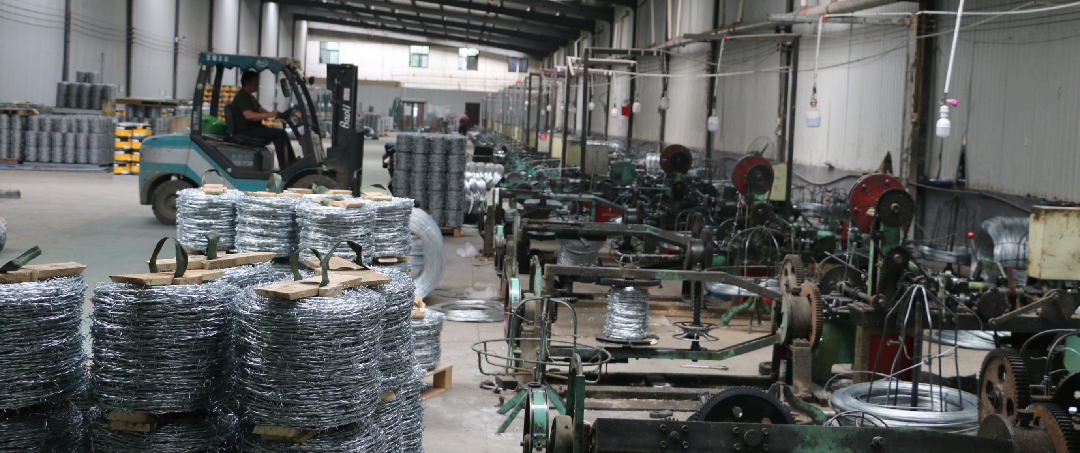Exploring the Benefits and Applications of Hexagonal Wire Netting in Various Industries
The Versatility of Hexagonal Wire Netting
Hexagonal wire netting, often referred to as hex wire mesh or hexagonal mesh, is a type of wire fencing that has been a mainstay in various industries for decades. Characterized by its unique hexagonal patterns, this versatile material is made from steel or galvanized wire, offering durability, flexibility, and an array of practical applications.
One of the most common uses of hexagonal wire netting is in agriculture, where it serves as an effective barrier for protecting livestock and crops. Farmers utilize this type of netting to create enclosures for chickens, rabbits, and other small animals, ensuring they remain safe from predators. The openings in the mesh are small enough to prevent animals from escaping while still allowing air and light to pass through. This is particularly vital in poultry farming, where the enclosures need to be both secure and adequately ventilated to maintain the health of the birds.
In addition to agriculture, hexagonal wire netting is frequently employed in landscaping and garden design. Gardeners often use this netting as a trellis for climbing plants, helping to create vertical gardens that maximize space while adding aesthetic value. Its lightweight yet sturdy structure can support the growth of vines and other climbing plants without the risk of collapsing under their weight.
The industrial sector also benefits from the use of hexagonal wire mesh. It is often used in construction projects, particularly for reinforcing concrete and creating protective barriers. The mesh provides structural integrity to concrete, ensuring that it withstands various stresses and strains during its lifecycle. Furthermore, in areas prone to erosion, hexagonal wire netting can be used to stabilize soil and prevent land degradation. When installed on steep slopes, it facilitates the growth of vegetation, which helps to anchor the soil and reduce runoff.
hexagonal wire netting

Ecological projects frequently employ hexagonal wire netting for wildlife management. It is a popular choice for creating animal enclosures in nature reserves and conservation areas, offering a humane way to protect endangered species and control invasive populations. Moreover, the mesh is often used in the construction of fish hatcheries and other aquatic environments, where it provides a secure habitat for young fish while allowing water flow and minimal disturbance to natural ecosystems.
Beyond these applications, hexagonal wire netting has also found its place in various DIY projects. Crafters and hobbyists utilize it in home decor, creating unique wall art, decorative panels, and even custom furniture. The netting can be easily manipulated and painted, allowing for personalization that aligns with individual tastes and home aesthetics. This adaptability makes it an attractive option for those looking to add a touch of creativity to their spaces.
Finally, when considering environmental impact, hexagonal wire netting is often produced from recycled materials, making it a more sustainable option compared to other types of fencing. Its long lifespan and durability mean that fewer replacements are necessary over time, further reducing its ecological footprint.
In conclusion, hexagonal wire netting is a remarkably versatile material that spans various industries and applications. From agriculture and landscaping to industrial uses and ecological projects, its benefits are far-reaching. As we continue to seek sustainable and efficient solutions for both our agricultural needs and environmental conservation, the role of hexagonal wire netting is poised to grow—a true testament to innovative design and functionality in our everyday lives.
-
Space-Saving Chain Fence Hacks Vertical Gardening with Cyclone MeshNewsJul.16,2025
-
Innovations in Iron Nail Wire Production for Modern ConstructionNewsJul.16,2025
-
Creative Uses of Wire Netting Fence in Modern Landscape DesignNewsJul.16,2025
-
Barbed Wire Fence Innovations in Anti-Climb TechnologyNewsJul.16,2025
-
Architectural Uses of Umbrella Nails for Aesthetic Roof DesignsNewsJul.16,2025
-
Architectural Uses of Razor Barbed Wire in Secure Urban DesignNewsJul.16,2025




